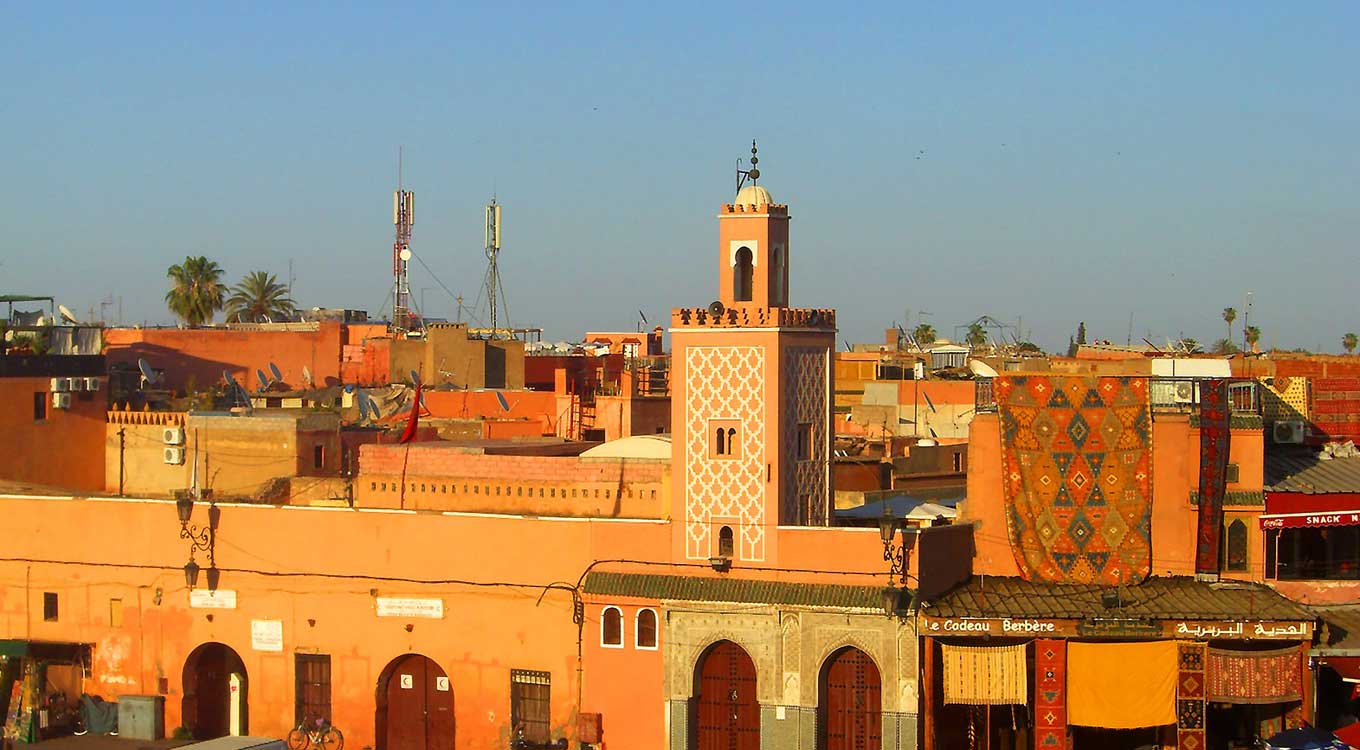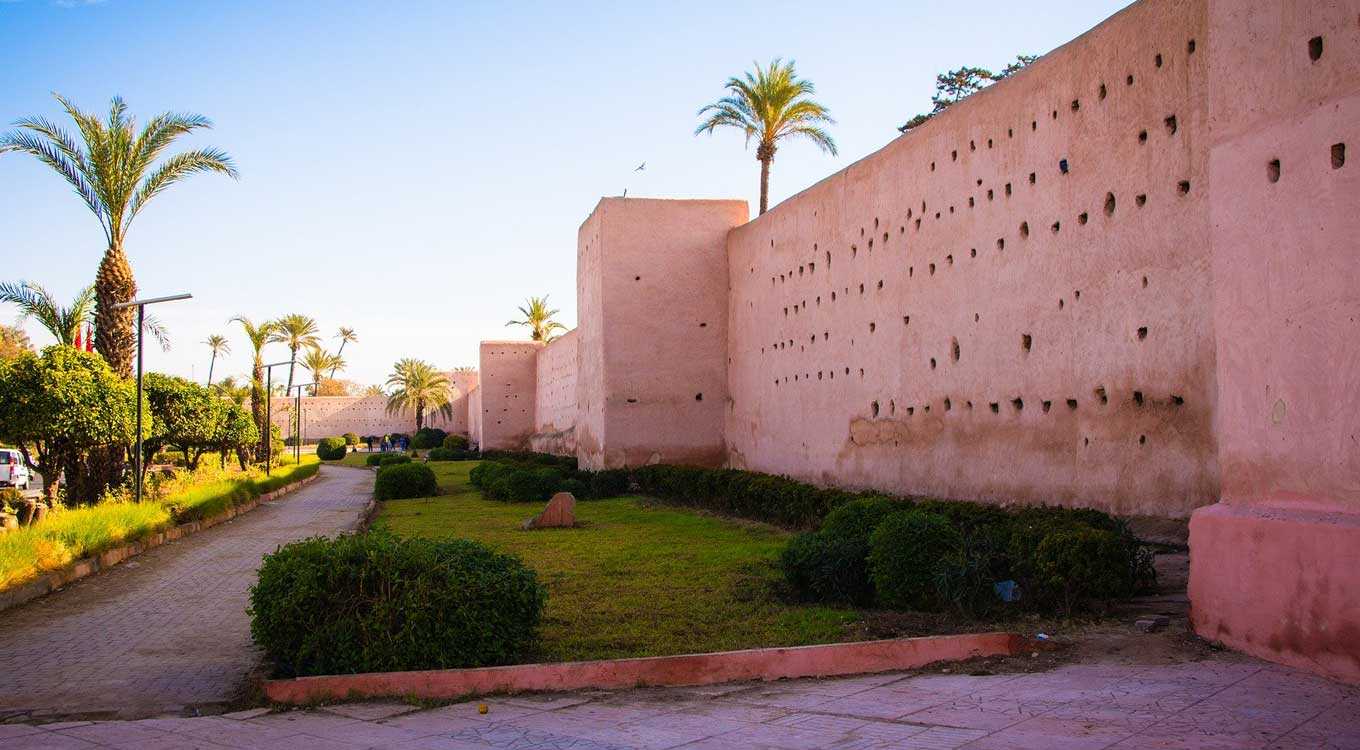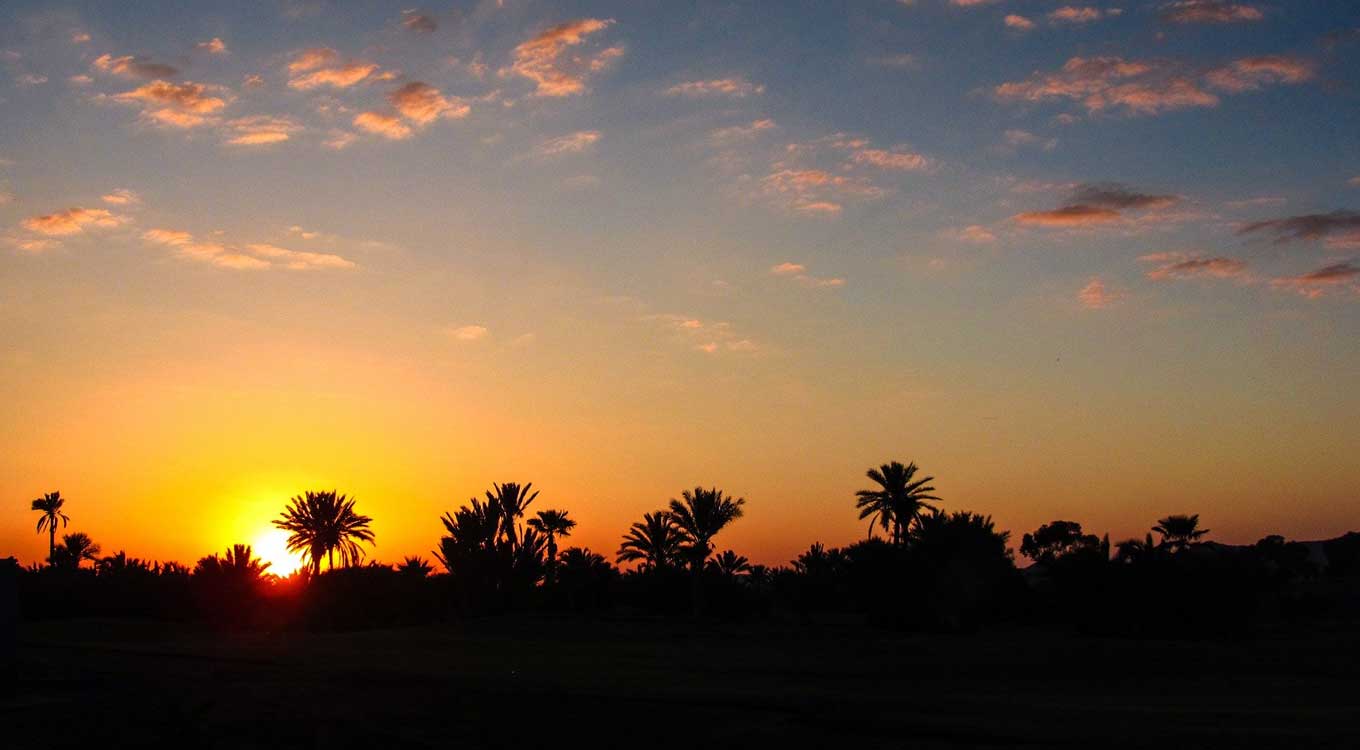Destination to Marrakech
Marrakesh (or Marrakech), sometimes called the red town because of the red Kasbah wall surrounding the medina, was founded in 1062. Youssef bin Tashufin, cousin to the sultan began construction of the city. Under his watch, houses were built and a mosque begun. Marrakech was the capital of the Almoravid Empire that covered a vast area from Maghreb to Europe. Now, along with the Berber, the Andalusia influence was born.
Marrakech, under the Almoravid grew into an important splendid Islamic city of commercial power and wealth. Captured by the Almohads in 1147, the religious and civil buildings were torn down. Abdal Mou’min, the great builder, began the Koutoubia mosque. This mosque and its spectacular minaret gave Marrakech its most outstanding landmark. Other important structures such as Menara Gardens were also built in this time frame. Scholars, philosophers and other thinkers of the time converged on the city. Caravans came through ancient Marrakech, making it a very powerful commercial center.
Taken over by the Merenids in the mid-1200s started Marrakesh on a downward spiral. Fez had already been established as the capital. Caravans stopped coming and the major source of income was lost. Marrakech was neglected by the Merenids and fell into a period of decline.
Saadians took over Morocco in 1522. Mostly in ruins, the leader chose to make Marrakech his capital in 1551. Under the guidance of Mohammed Al Mahdi, Marrakech began to be restored to its former grandeur. During this period, the Saadians built many wonderful structures such as the Al Bedi Palace. A glimpse into the life of Sultan can be seen in this still beautiful place. Moroccan crafts reached a pinnacle under this dynasty attracting many artisans whose work is still visible today. Additionally, Marrakech drew Islamic holy men to its gates. Upon death, many were buried within the city’s splendid tombs. By the 1600s, Marrakech had been restored to its former glory. Remaining culturally and economically important until the 1669, it had become the most important and influential city in all of Morocco.
An invasion and capture by the Alaouites in 1669 saw Marrakech lose its status, again. The Alaouite sultan moved the capital back to Fez. Marrakech fell into disrepair one more time.
Mid 1700s saw Mohammed III restore most of Marrakech. It remained largely unchanged until 1917. The French invaded Morocco and routed the Saharan chieftain, El Hiba who had captured Marrakech in 1912. Morocco was held as a protectorate by France and was governed by the Pasha El Glaoua.
The French assisted with revolts of the Berber tribes. Under French tutelage, the Pasha became one of the richest, most influential men in Morocco. A French-styled city was begun outside the medina walls in 1913. French protection ended in the mid 20th century. Morocco gained her independence from France in 1956. The new king, Mohammed V took over the throne and the Glaoua family was removed from power and its wealth confiscated. With the new monarchy, the capital was moved to Rabat.
Marrakech, today, is an important provincial city. Its Islamic roots are displayed proudly. French occupation brought in European influence, as the new city of Marrakech shows. However, the heart of Marrakech, still beats to the same ancient rhythm.


